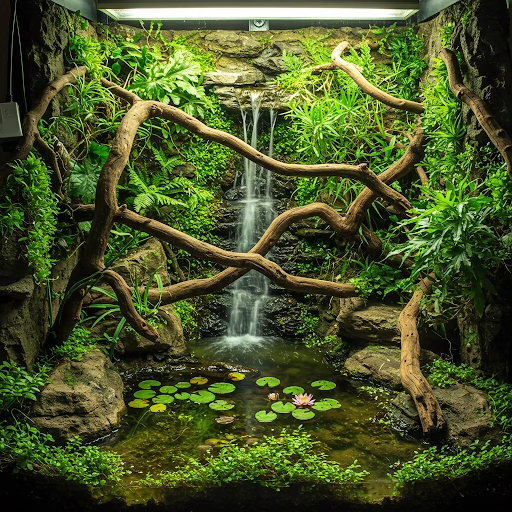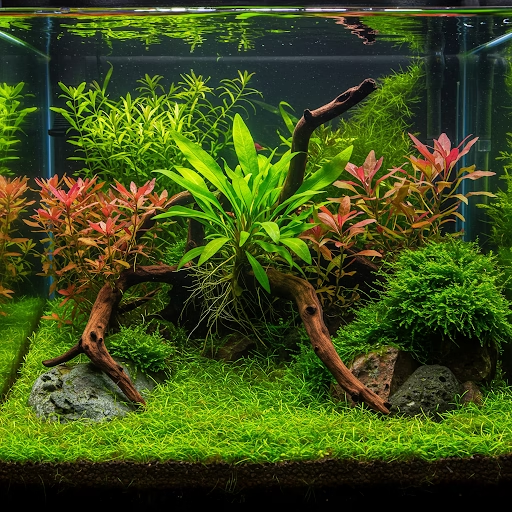Designing a reptile habitat biotope isn’t just about placing a heat lamp and a few decorations—it’s about replicating your pet’s natural environment. Whether you own a tropical gecko, a desert-dwelling bearded dragon, or a forest snake, a well-designed biotope enhances their health, behavior, and overall well-being.
Understanding Your Reptile’s Natural Habitat
Before setting up a reptile habitat biotope, research the species’ native environment. Is it from a dry, rocky desert, a humid rainforest, or a swampy wetland? Mimicking these conditions—temperature, humidity, substrate, and plant life—helps create a stress-free, enriching space.
Also Read: Senior Cat Comfort & Mobility
Key Elements of a Biotope-Friendly Habitat
- Substrate & Terrain – Choose the right ground material. Sand for desert reptiles, coconut fiber for tropical species, and moss or bark for forest-dwellers.
- Temperature & Lighting – Provide UVB lighting for vitamin D3 synthesis and proper thermoregulation with heat lamps or under-tank heaters.
- Humidity & Water Features – Mist regularly for tropical species, add a water dish or even a small waterfall for amphibious reptiles.
- Plants & Décor – Live plants like ferns or succulents improve air quality and mimic nature. Rocks, hides, and logs offer shelter and climbing spots.
- Enclosure Size & Layout – Bigger is better! Ensure the setup allows for movement, climbing, and basking zones.
Why Biotope Design Matters
A species-specific reptile habitat biotope reduces stress, promotes natural behaviors, and improves longevity. Plus, it’s a stunning display for reptile enthusiasts!
For a deep dive into biotope-specific reptile care, check out this guide on naturalistic enclosures.




